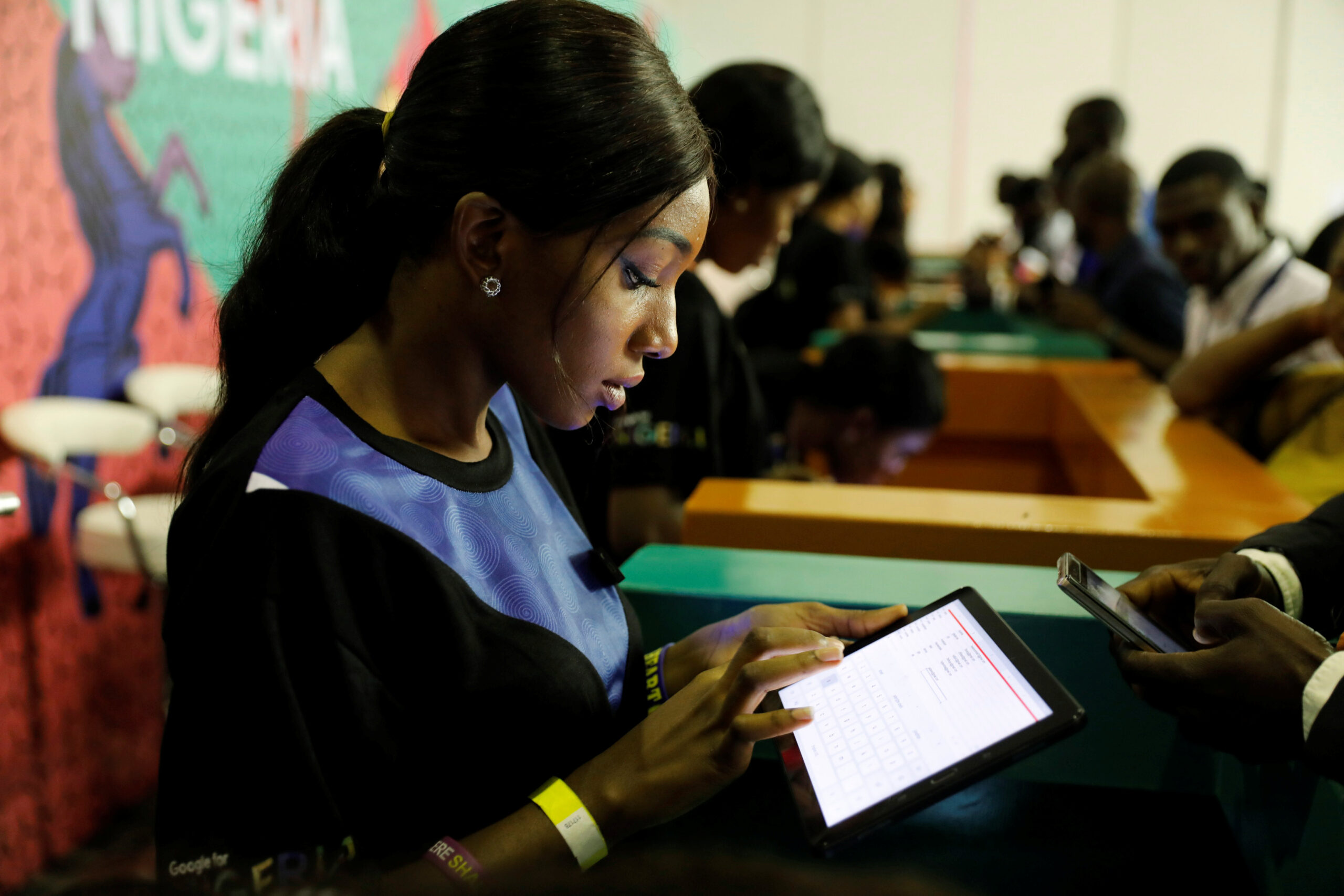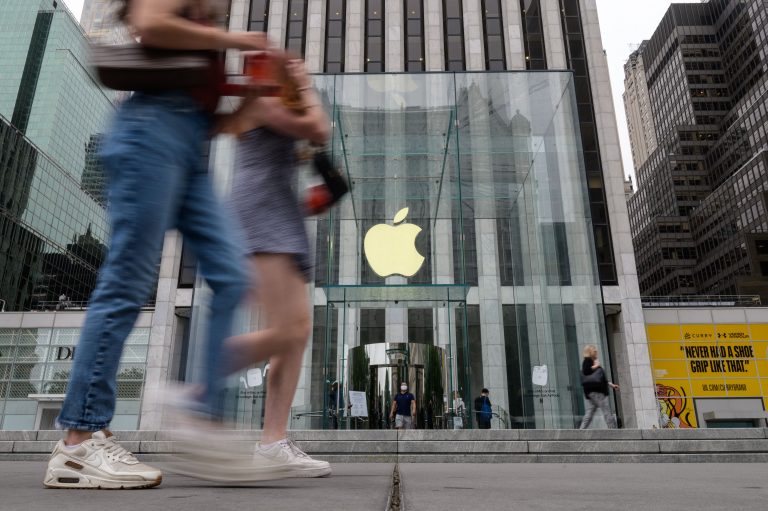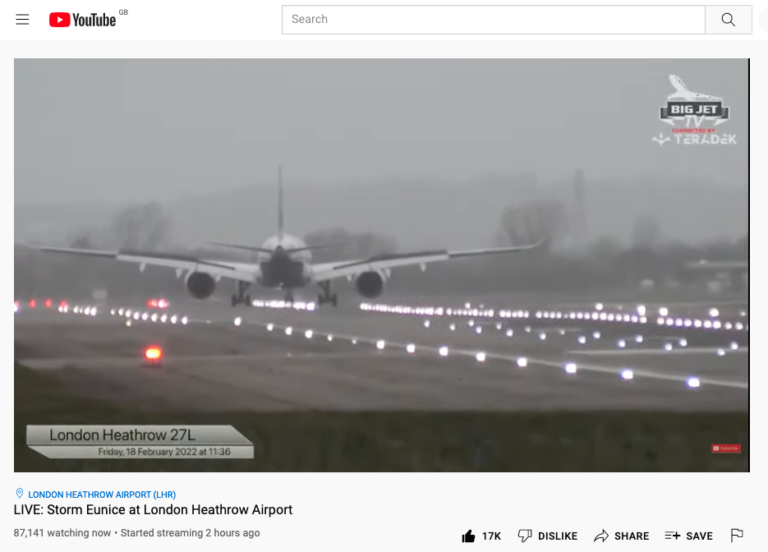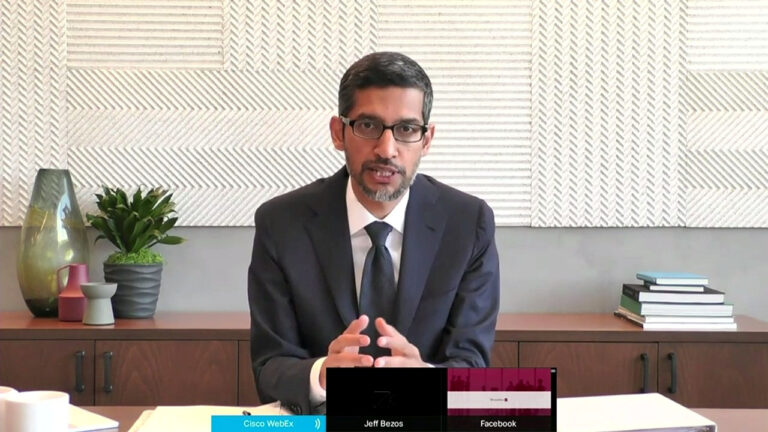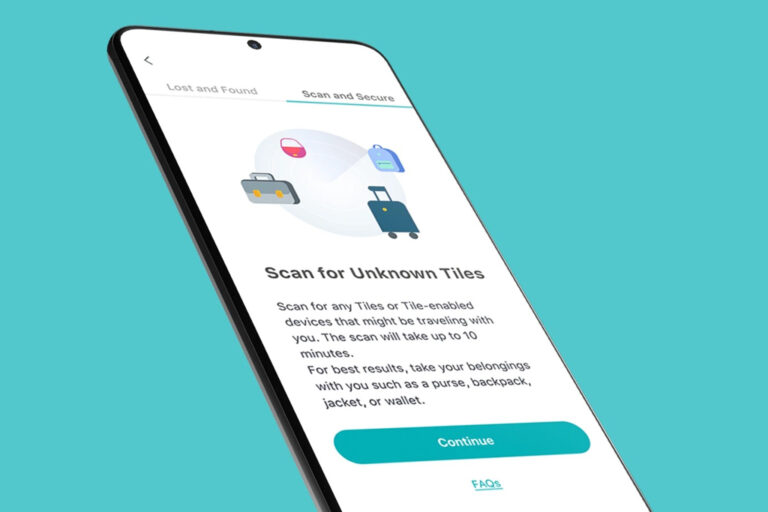Undersea Google internet cable will connect Togo to Europe
The first branch of Google’s Equiano underwater internet cable — which will eventually run from Cape Town, South Africa to Lisbon, Portugal — has landed in Lomé, Togo, the company Friday. The massive fiber optic cable will be Google’s first to run from Africa to Europe, and is expected to bring internet connectivity to millions of people across both continents. This will be especially impactful in Togo, where according to an estimated 74 percent of people don’t have access to the internet. The cable is expected to deliver 20 times more internet capacity to the region.
Google began investing heavily in subsea cable internet nearly a decade ago, with its first co-owned cable project Unity (which stretches from Chikura, Japan to Redondo Beach, California) going into service in 2010. The company has invested in—either solely or as a part of a consortium — a total of . Its most recently completed project, Dunant, went into service in January 2021 and runs from Virginia Beach to the French Coast.
Alphabet far from the only tech giant to invest heavily in , which have become more ubiquitous with the growth of the mobile internet. Google along with Meta, Microsoft and Amazon now dominate the world’s critical cable infrastructure, as the Wall Street Journal . Last month, Meta announced plans to build at least two by 2027.
Undersea cables have one notable downside: The cables can tear and , either due to natural disasters or human activity like . Cable breaks are particularly along the coasts of Africa, and can leave entire regions without connectivity for . Last year a massive mudslide in South Africa caused two undersea cables to , which led to service disruptions and slowdowns across the entire continent. But in the event of a break, a nearby undersea cable can be used as a backup.
Once in service, Equiano will provide additional insurance to a region that badly needs it. After Togo, Equiano’s next stop will be in Nigeria and Namibia, before heading to its final landing in Cape Town, South Africa. It is expected to be fully in service later this year.
All products recommended by Engadget are selected by our editorial team, independent of our parent company. Some of our stories include affiliate links. If you buy something through one of these links, we may earn an affiliate commission.
